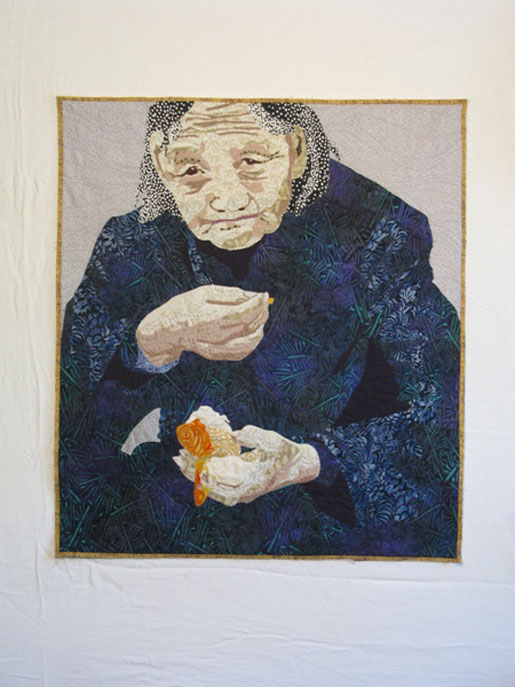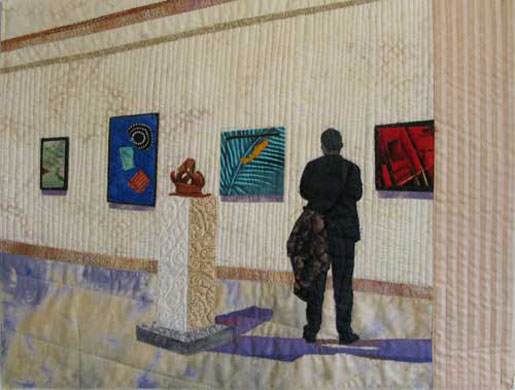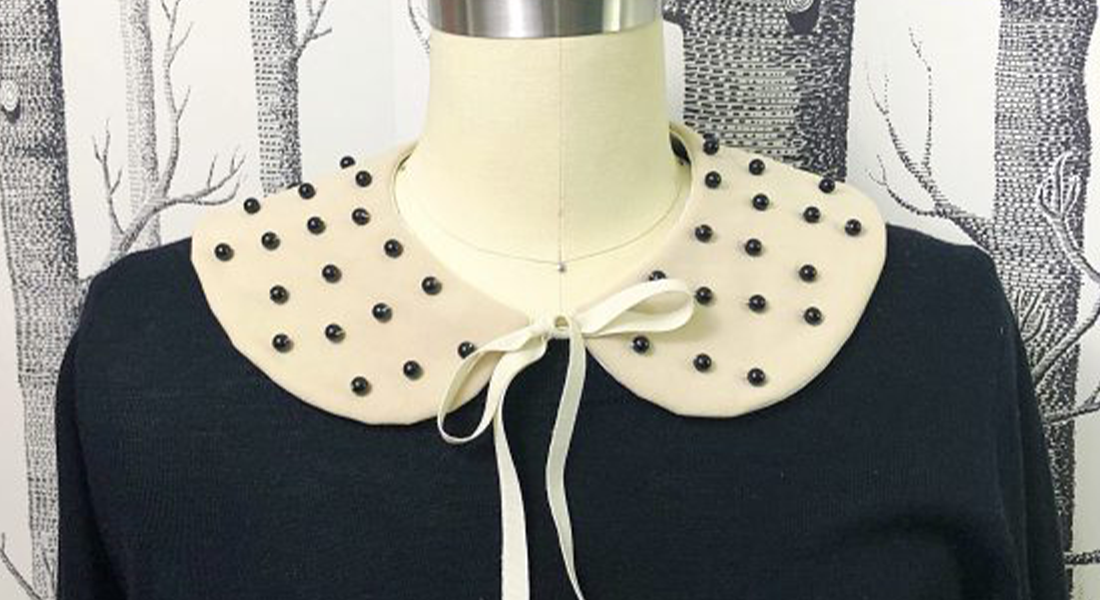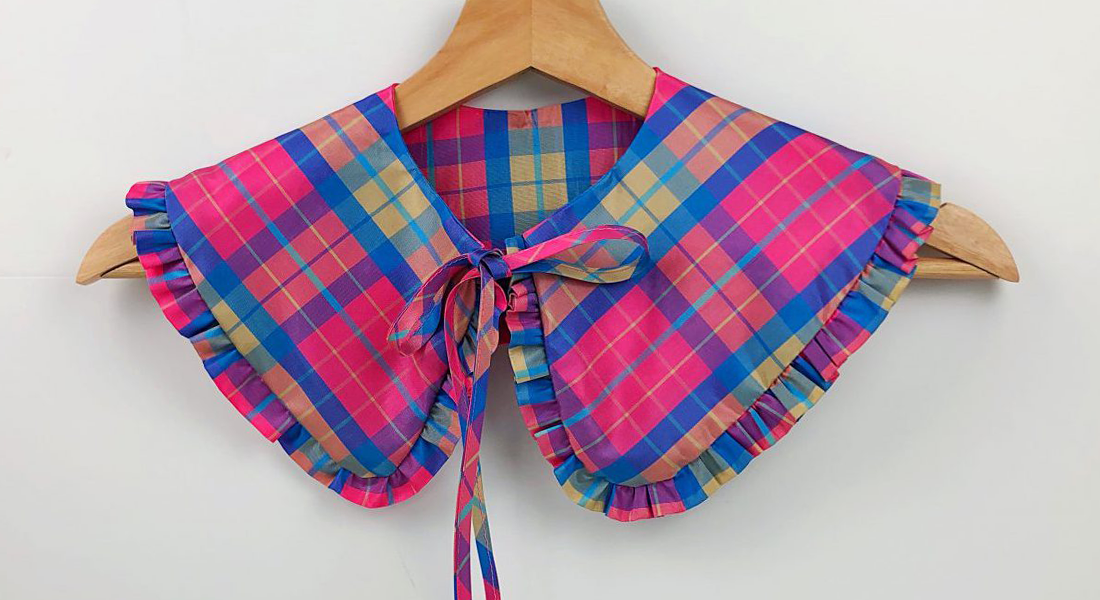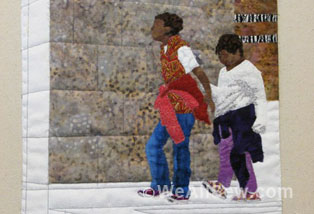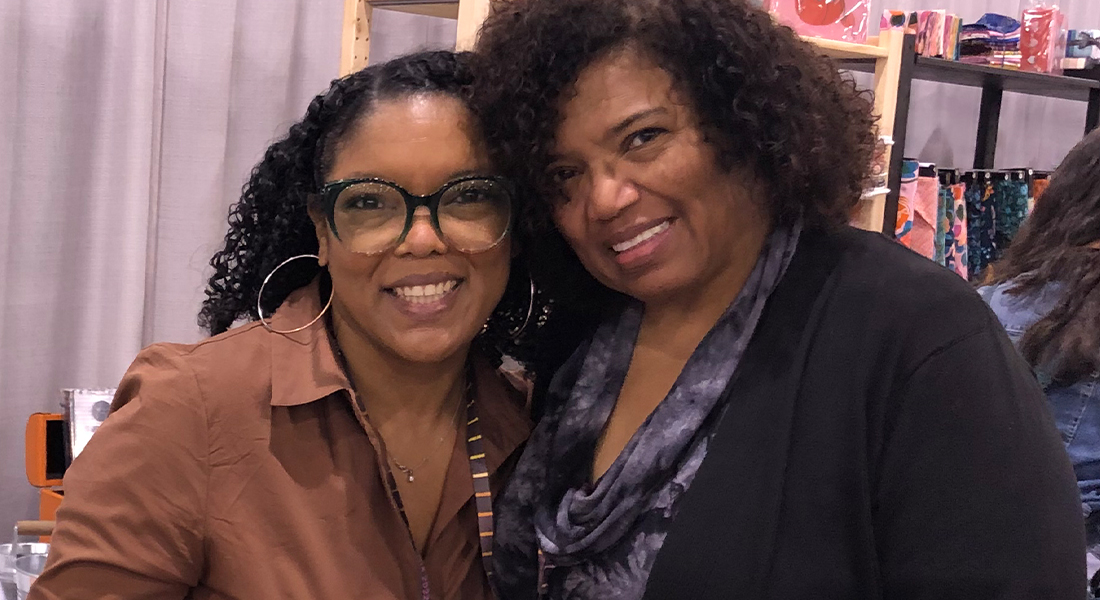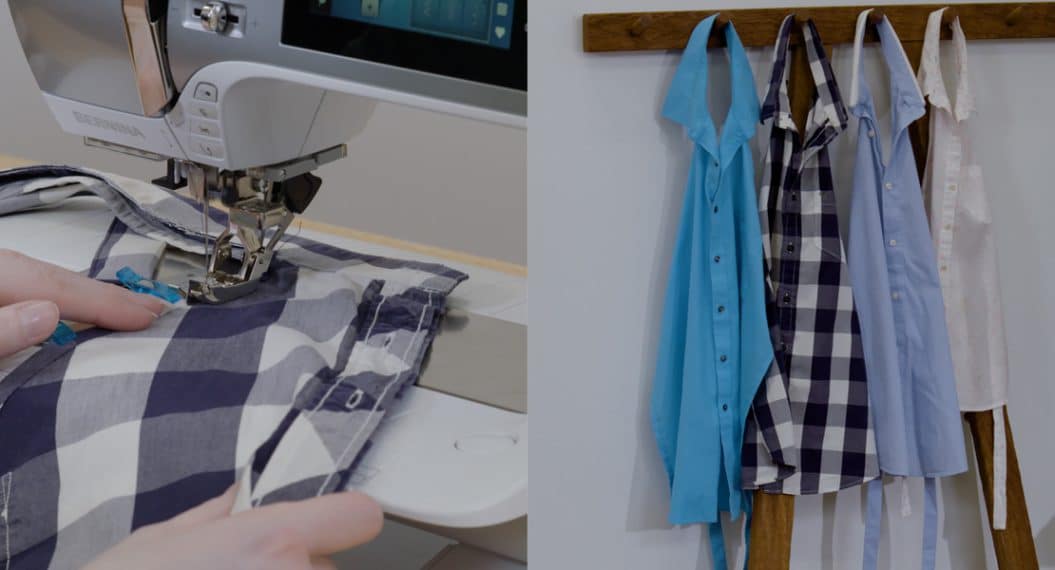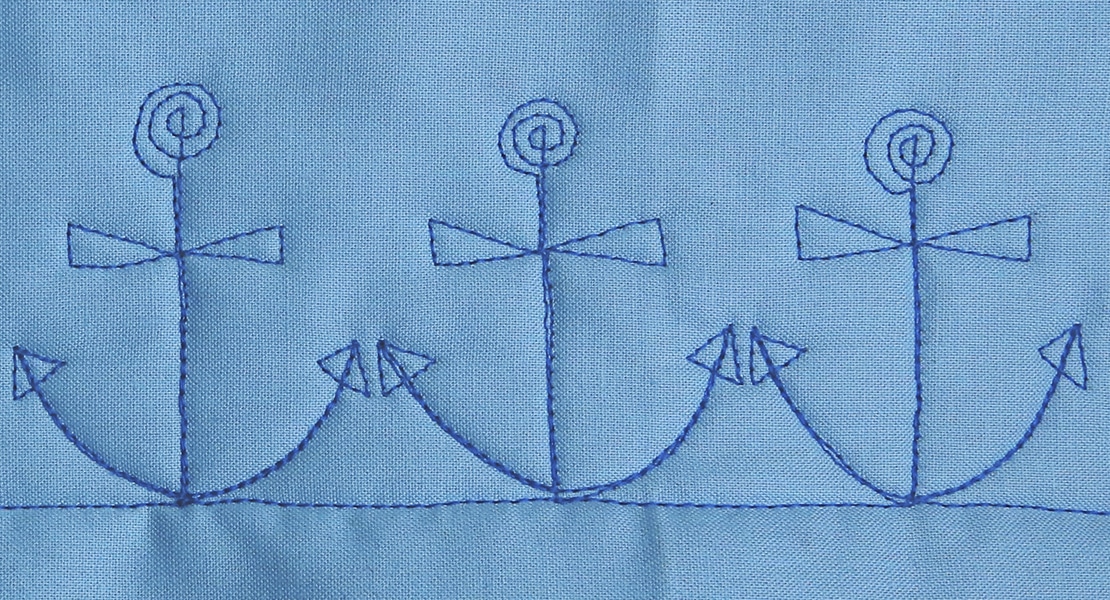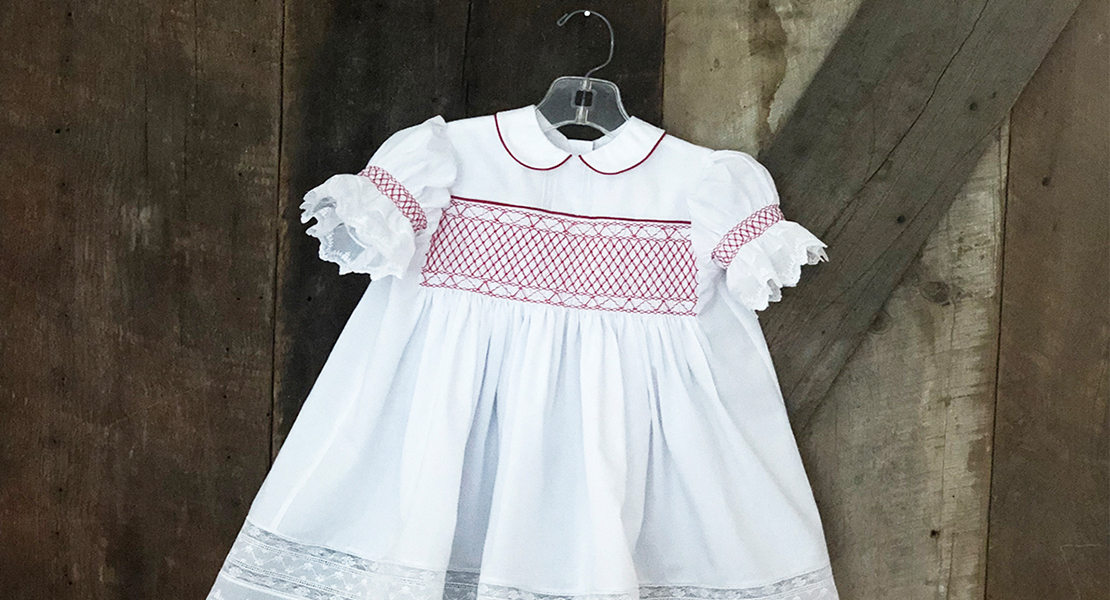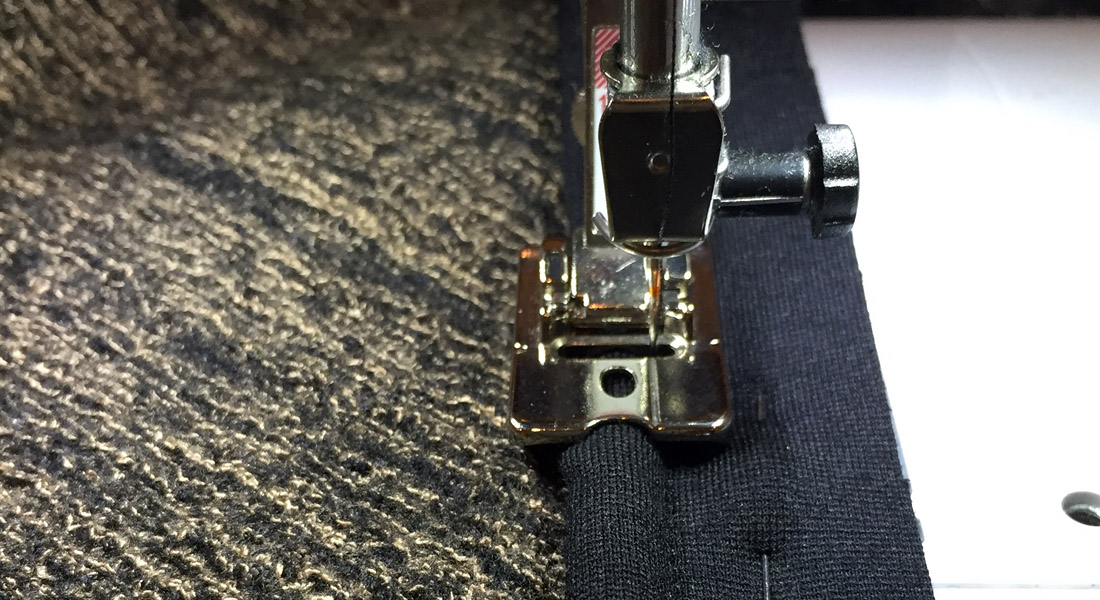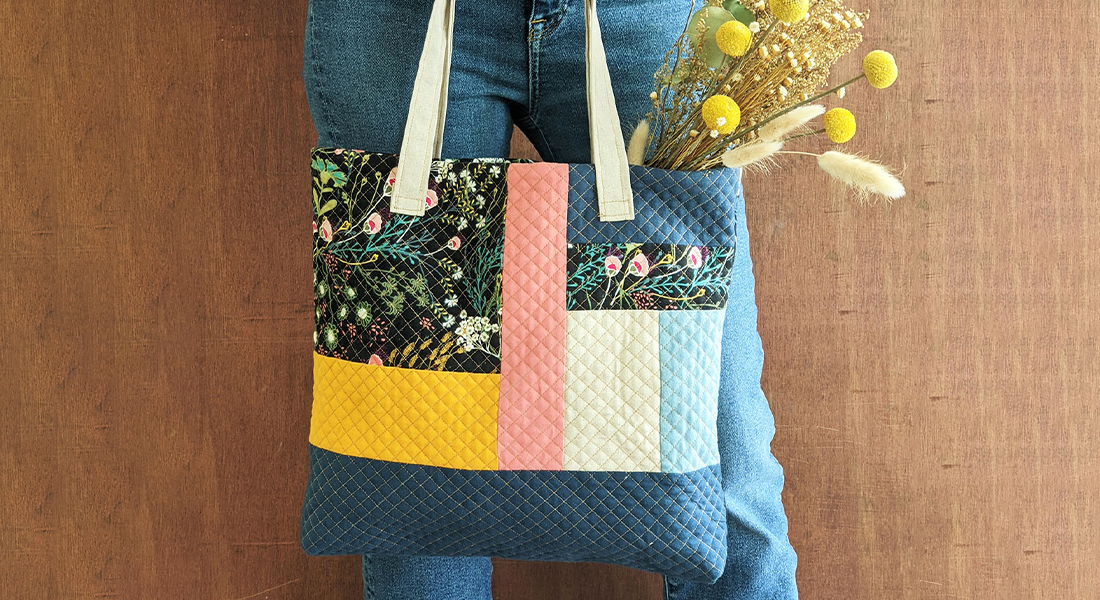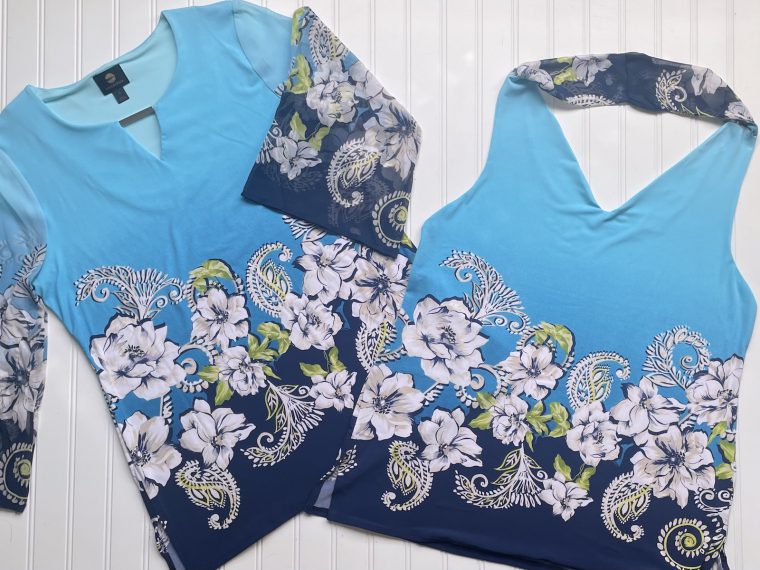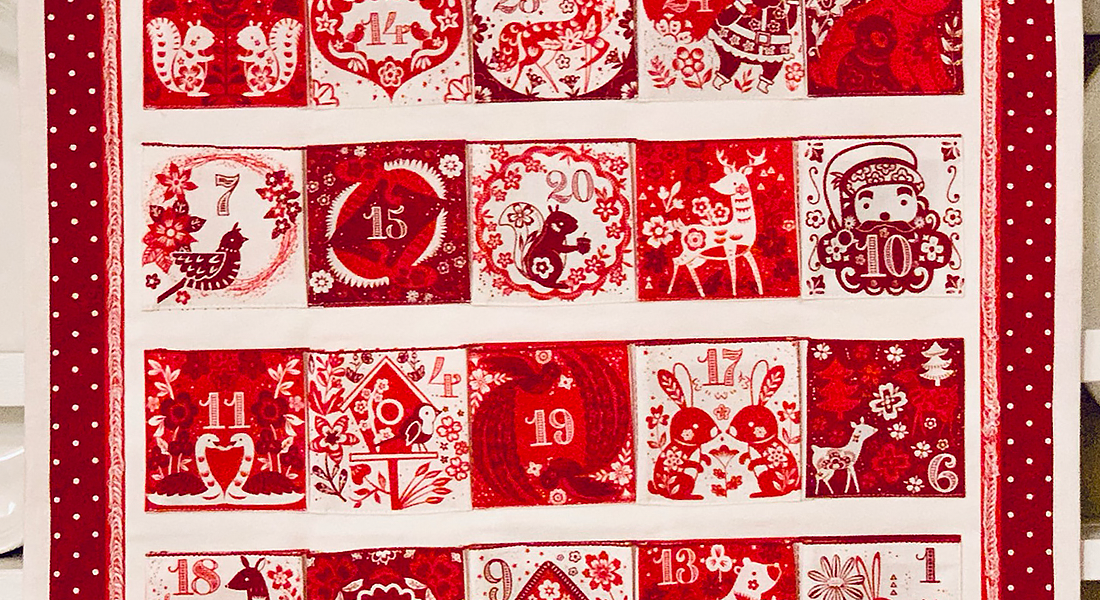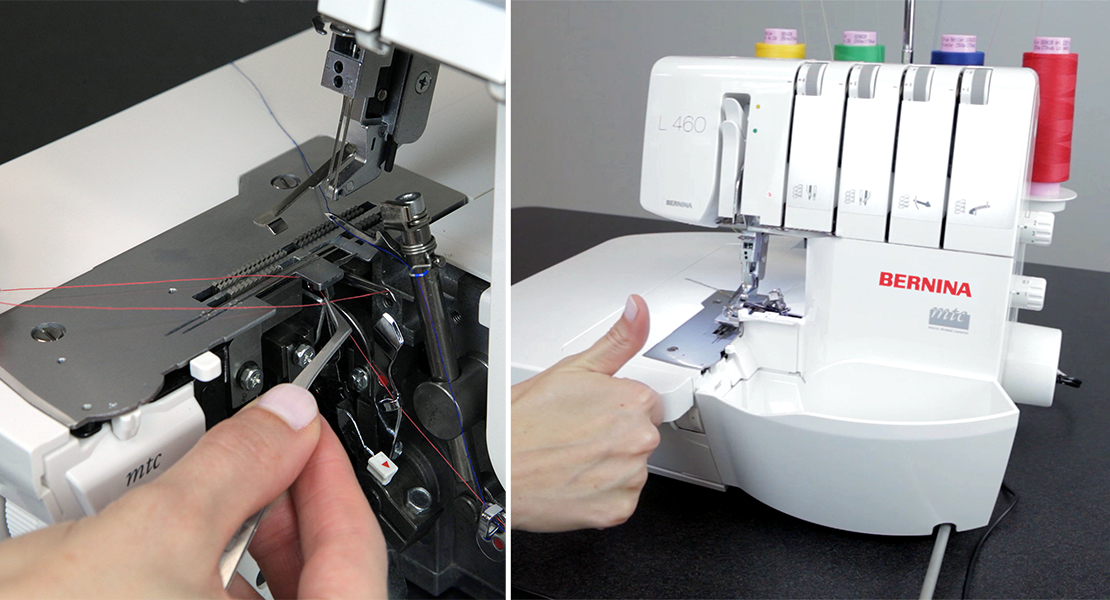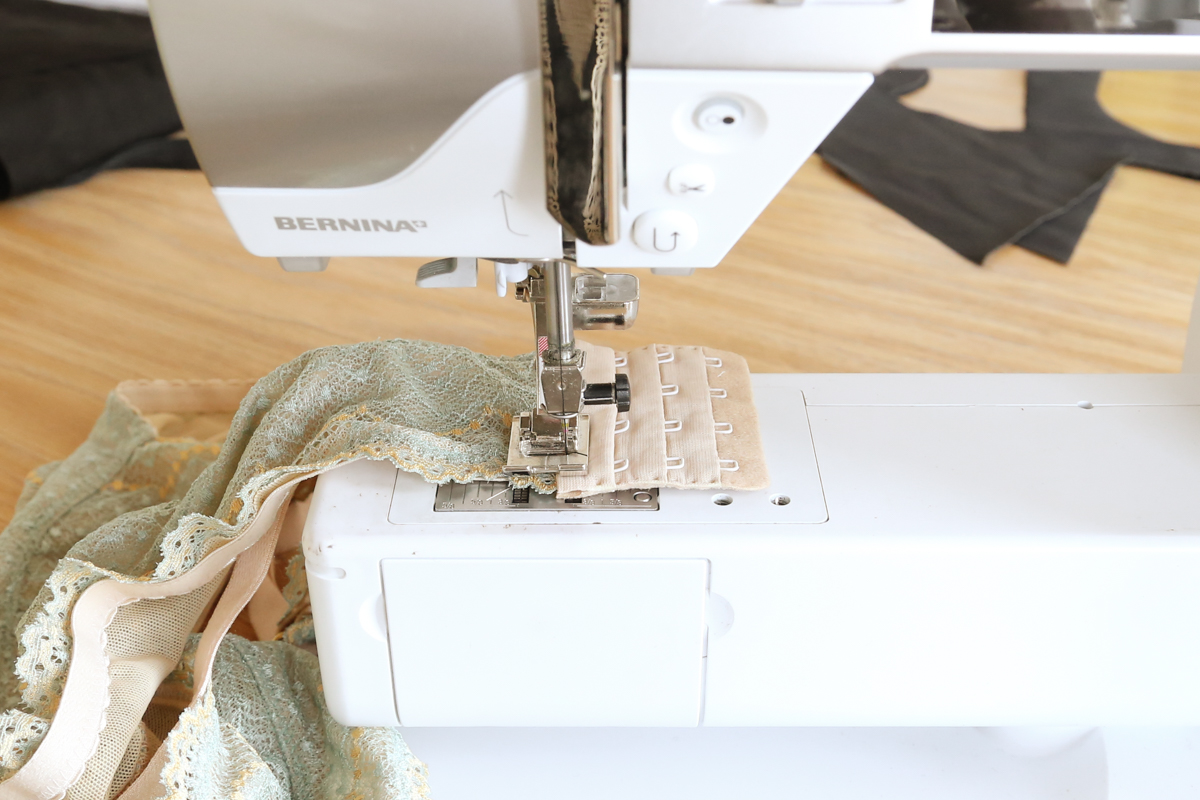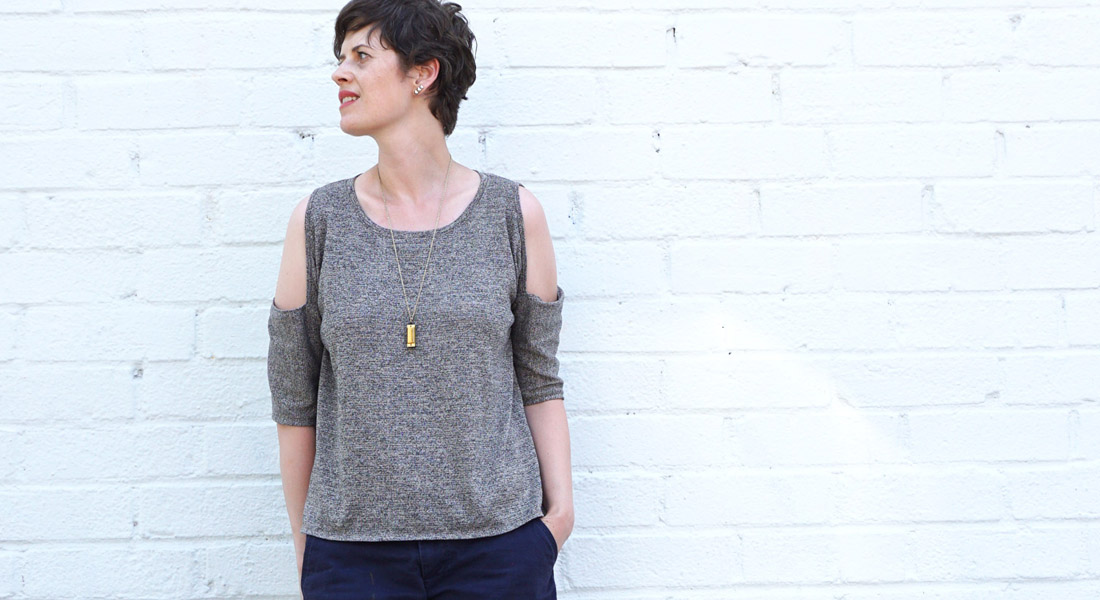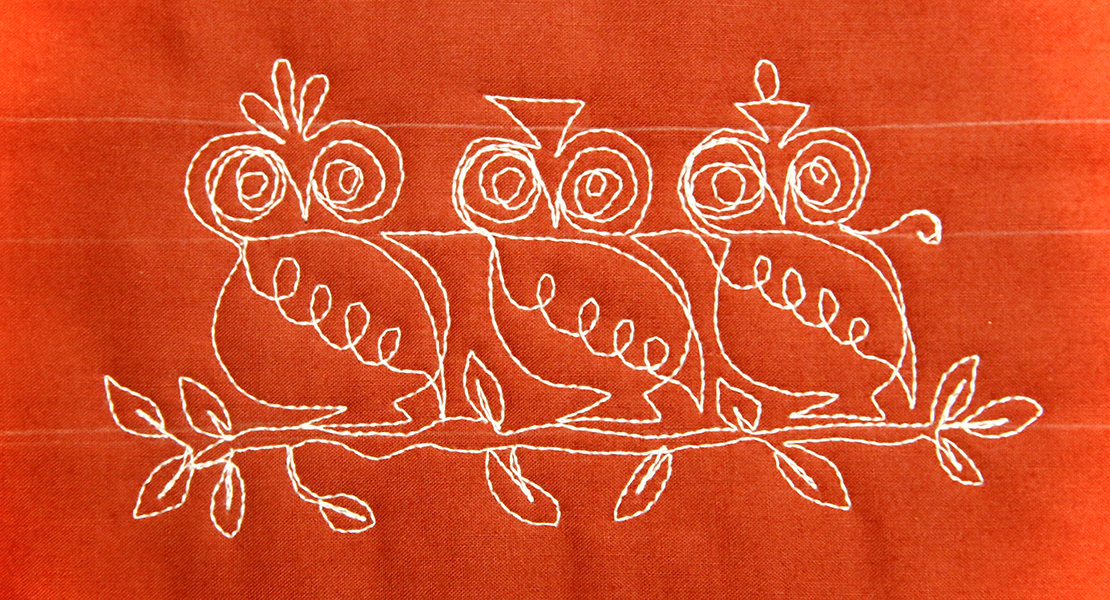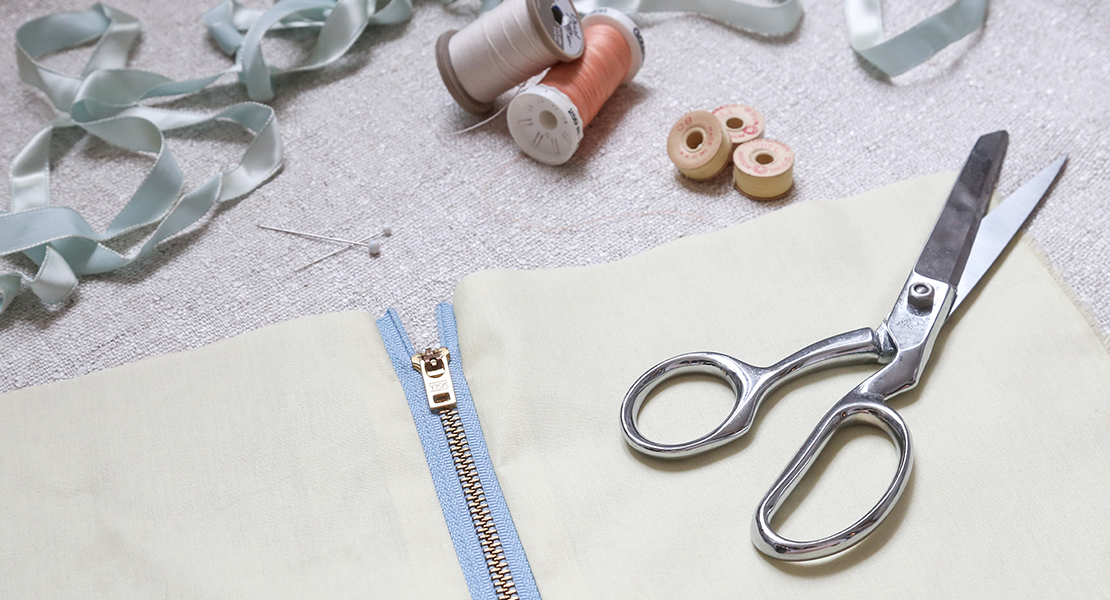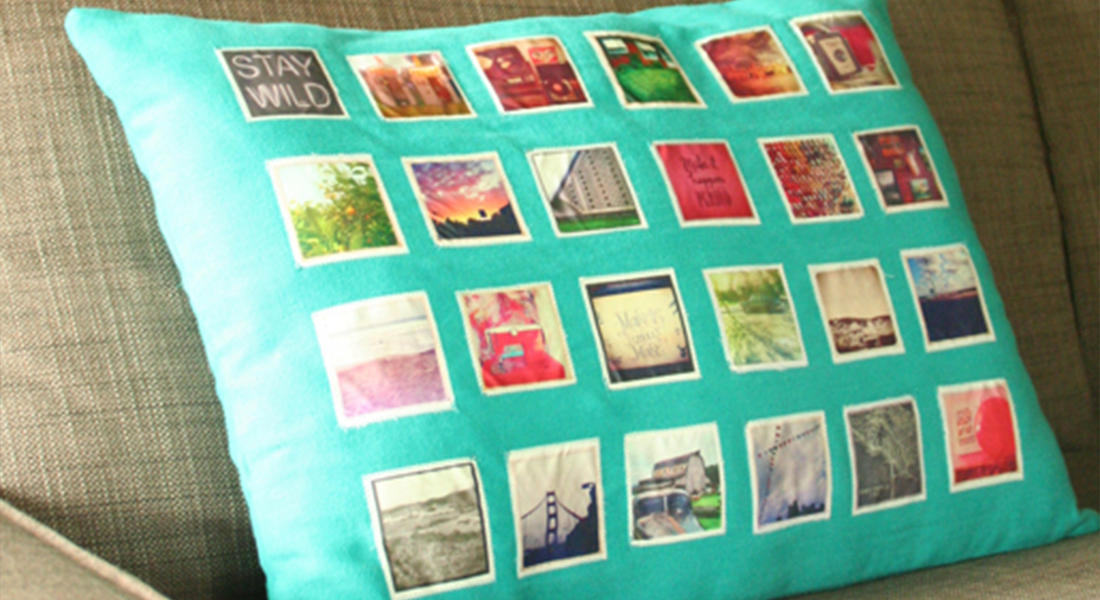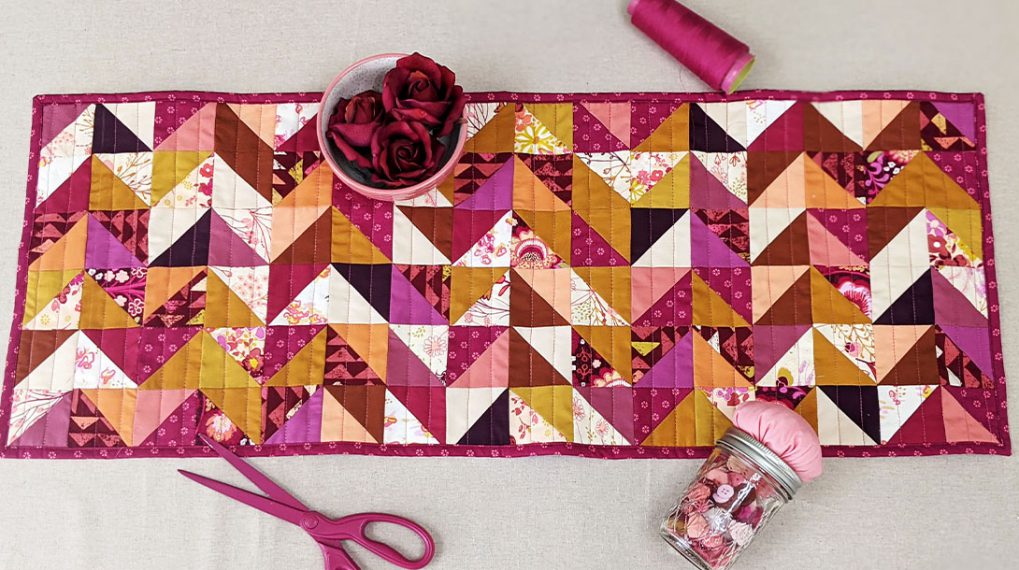How To Write An Artist Statement
In the business world salesmen develop an elevator speech; in our world, an artist statement is an artist’s elevator speech— a chance to explain your work to those viewing it as if you were standing next to them and engaging in conversation for a short period of time. In your absence it is your only opportunity to explain why you make your art, how you make your art, and what your art means to you and says about you.
Since writing your artist statement is a good way to help you crystallize what is important to you, it can also be a great exercise to help you find your voice.
Anatomy of an artist statement
- First and foremost, an artist statement should tell the person reading it what you do and why you do it. It should include a simple description of your work (hand appliqué with beading, raw edge machine appliqué, printing and stamping on canvas with stitching and found objects, etc.) and what themes or techniques most attract you.
- Next, talk about how you work, the techniques you employ and how you make your artistic decisions along the way. Explain to the reader why you use particular materials or working methods. Talk about whether you plan your work first, or progress more spontaneously. Remember that the person reading your artist statement may or may not be an artist, so don’t get too technical. Explain only the basics and don’t include, for instance, the size needles or the kind of dye you use. You want to educate and enlighten, not overwhelm.
- Finish your artist statement by explaining how your work reflects you and your life experiences, what you are trying to say or what influences you—and be specific. What about you, your life and your unique personal experiences has lead you to choose a particular theme, and is there something you want your work to say. This is your chance to tell the reader what you want them to think about while viewing your work.
An artist statement is just what it sounds like, a statement by the artist. You are the artist so it should be in your voice, in your words, and therefore, it should always be written in the first person. Write your artist statement so it sounds like the way you speak—no flowery language, no trendy art speak, no technical jargon, no haiku (please, no haiku). Too many artists think their artist statement should be art all by itself. You only get someone’s attention for a few seconds, don’t scare them away because they have to figure out both the art and the artist statement.
Lots of artists make the mistake of including other information that has no place in an artist statement. Don’t confuse an artist statement with a professional bio or professional resume, it is meant to help someone understand what motivates you to do the work you do and then how you do it. Your education should not be included unless it is directly relevant and speaks specifically to something in your work. It is also no place to discuss your job, your married life, your children or your pets—even if they are the cutest things in the world—unless, of course it speaks to the theme of your work.
Unfortunately, this is also not the place for reviews and raves. If a gallery or a magazine has said something nice about you that is great, but don’t put it in your artist statement, save it for your professional bio and/or your professional resume. An artist statement should not include where your work has been shown or what awards you have won. Remember that you are only describing why and how you make art, this is not the place to list your accomplishments.
Your artist statement is about your art, so don’t waste valuable real estate discussing who has inspired you, whose workshops you have taken or comparing yourself to other artists. That only makes the reader want to go see their work instead of yours.
It is a good idea to write two artist statements at the same time—a long version (about 500 words) and a short version (about 50 words—yes, only 50 words). Some exhibition venues will ask for a longer artist statement and some the shorter one. The shorter version is a very quick overview of what you do and why. It does not give you much room to elaborate. If you have these two versions already written, then whenever you need to supply an artist statement you have one ready to go. And please, double check to make sure they contain no grammar or spelling mistakes. If you present your artwork in a professional manner, your artist statement deserves the same respect.
Often when your work is in an exhibition the venue will ask for an artist statement for the particular work they are showing. In this case, the foundation is the same, but you need to add information just for that piece—why you chose this theme, these colors, did it using the techniques you chose, or how you approached the specific subject or challenge.
When you learn to keep it short, simple and sounding like the way you speak, you will see that writing an artist statement is not nearly as challenging as you may have thought. And the process of distilling all the information into a short format helps you see what is important to your artwork, and therefore helps define your voice.
